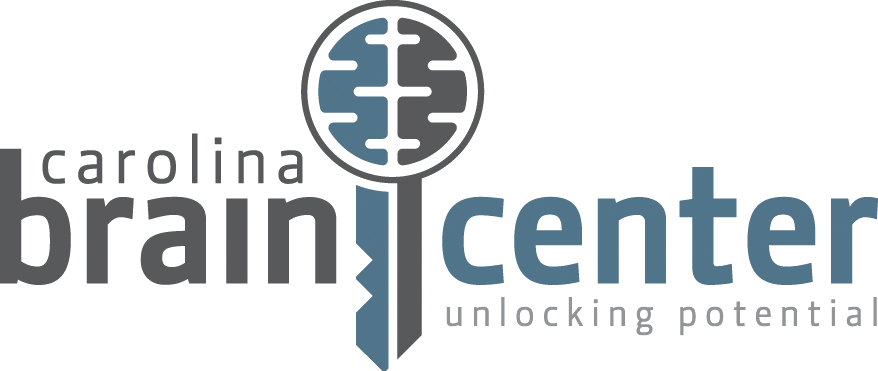Improve Your Physical Health with Carolina Brain Center
Many people live their lives with some sort of anatomical imbalance at one point or another. Most of these people aren’t even aware they have an imbalance, which can lead to serious injuries.
At the Carolina Brain Center, our team is prepared to investigate patients’ anatomical imbalances and create an effective management plan. Read on to learn more about this medical issue and how we can help.
What Is an Anatomical Imbalance?
An anatomical imbalance is when there is an unevenness in your body that prevents proper movement. There are two main types: body and joint muscular imbalances.
Body muscular imbalances occur when a muscle on one side of your body is weaker and smaller than the same muscles on the other side of your body. Joint muscular unevenness occurs when the muscles surrounding a joint don’t support it equally, leading to limited movement.
What Causes an Anatomical Imbalance?
Unfortunately, anatomical unevenness can develop naturally. Even if you practice good posture and use correct forms when exercising, your genetics might predispose you to asymmetry in your muscles.
Brain injury can result in musculoskeletal imbalances. Whether the brain injury is a result of a stroke or impact, neurological rehabilitation can help to improve or restore musculoskeletal balance.
Often children with learning disabilities are more clumsy and have poor posture. This is a brain-based issue. Addressing the brain-based issue will create better body spatial awareness and improve posture, balance, and coordination.
Individuals who have good genes aren’t completely safe. You can develop anatomical unevenness from:
- Harmful repetitive motions
- Inactivity
- Poor exercise form
- An unbalanced workout routine (too much cardio, not enough weightlifting)
- Bad posture
What Are the Side Effects of an Anatomical Imbalance?
Muscle imbalances can lead to various side effects, including a limited range of motion, an asymmetrical appearance, and joint pain. Your muscles’ instability can also cause damage to your joints, ligaments, tendons, bones, and connective tissue.
The best way to avoid these side effects is to see a qualified medical professional. This person can pinpoint the unevenness and help you regain strength wherever you lack it.
If you have experienced any of the above symptoms, you may have anatomical unevenness. The longer you wait to see a doctor, the worse the symptoms will get.
How Can I Fix an Anatomical Imbalance?
There are a few ways to reduce the severity of anatomical unevenness on your own:
- Exercising regularly (within your limits)
- Implementing proper form when exercising
- Practicing good posture
While these tips are good preventative measures, you should seek professional help for more of a long-term solution.
The first step in fixing a muscle imbalance is pinpointing the problem area. A thorough examination from Dr. Dane at the Carolina Brain Center is an excellent place to start. Determining whether the issue is primarily brain-based or mechanical is essential to creating the best way to move forward.
Once she determines the issue, she’ll create a personalized treatment plan to help you resume your normal activity level. Your treatment plan can include anything from strengthening different joints or muscle groups to practicing adequate posture.
Learn More About Anatomical Imbalances Today!
Anatomical imbalances can be very dangerous to your health, especially when you are unaware you have them. The best way to avoid issues down the line is to learn more about them with the Carolina Brain Center.
Make an appointment with us today!
Why Carolina Brain Center?
Dr. Dane brings 20 years of experience to the Triangle and has helped many people achieve a healthier brain and body.
Ready For A Consultation?
Dr Dane is ready to talk when you are. We’ll need some information from you to get the process started!

